https://www.youtube.com/watch?v=dLzmTy9-Nec
Traditional Turkish Bread Varieties How To Make Natural Sourdough Breads Bread Recipe
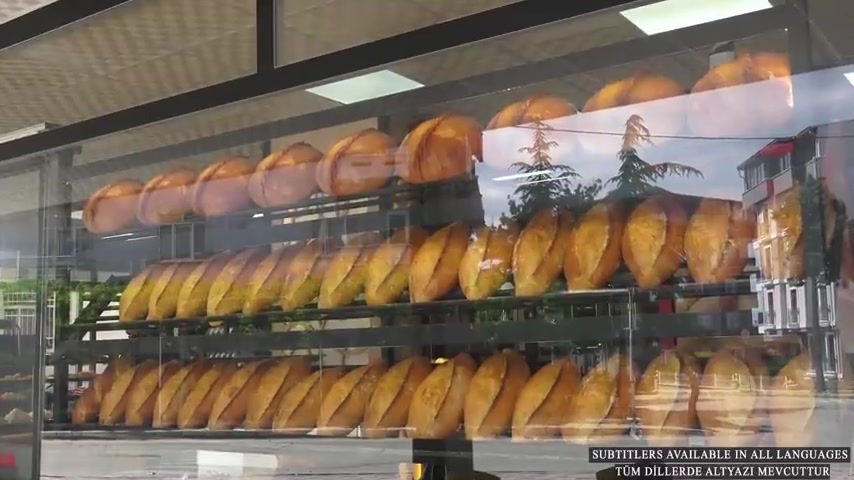
Don't keep yourself thinking If I had warm water , then it's gonna be quicker .
It will , but to the detriment of the flavour .
So the longer you prove a loaf , the better it is .
Add the water a little at a time and feel the mixture as it comes together .
I'm looking for a soft , sticky dough , and you can feel how soft that dough is .
It's a lot stickier than I thought it would be like .
When I do , I tend to put loads of flour on it .
And I think that's yeah .
Most people make that fatal error , actually .
So what I'm gonna do is pop that onto a bench and use as opposed to flour on the bench .
I'm gonna use olive oil .
Olive oil is good for basically keeping your bench nice and tidy .
No , you need it in .
Are you ar ?
Are you arguing me already ?
Right .
You've got your dough here .
Just fold it around and then begin to manipulate this into one ball .
It's time for the students to focus on my kneading technique .
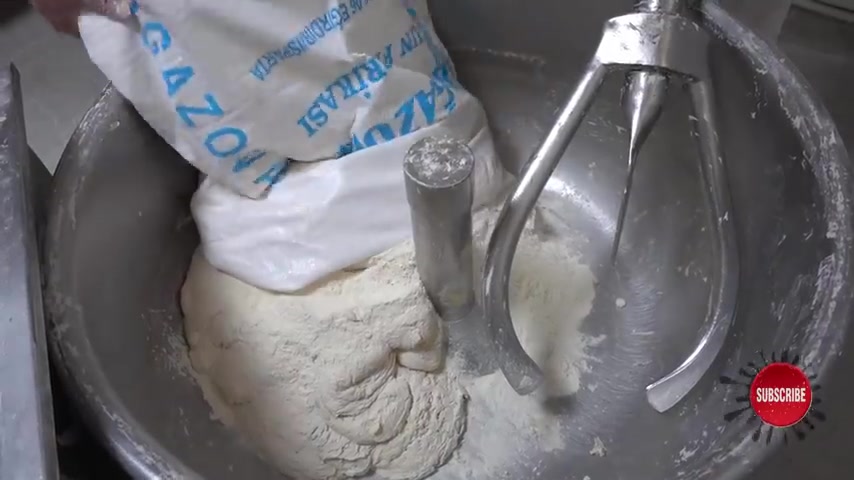
51.48 --> 135.88
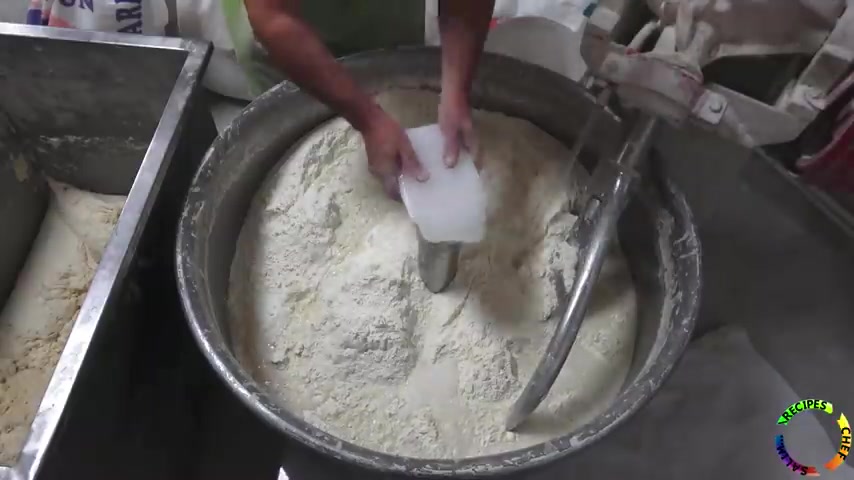
आॅल मिक्सिंग ऍम ऍम हाँ फॅर कमाना यार ।
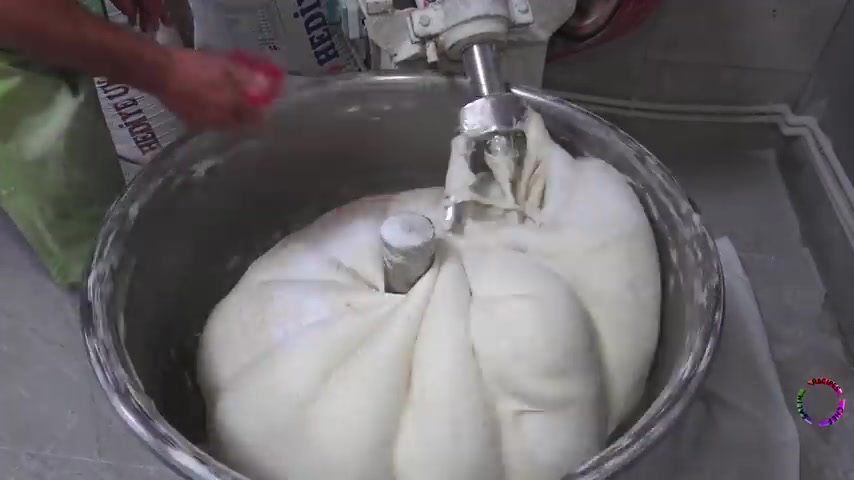
197.9 --> 374.74
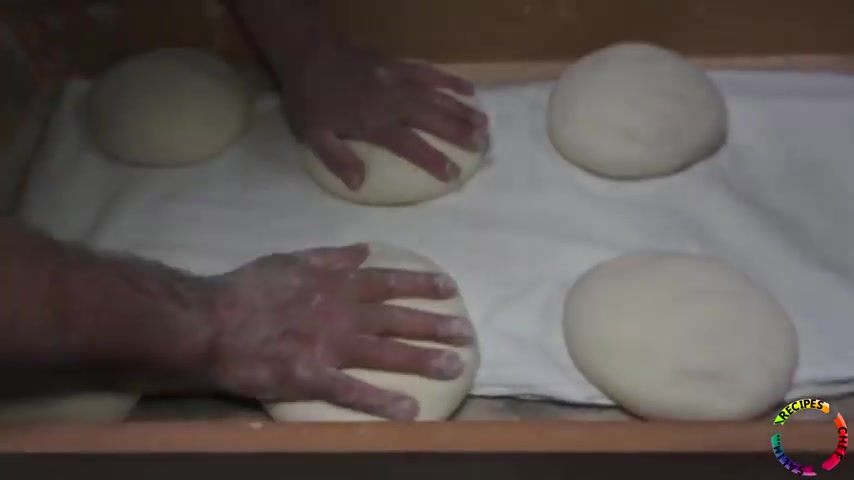
All right , so all I'm doing is heel of the palm fingers holding the base slightly .
Just so I've got some resistance and you can see even after a couple of turns , because once you've rolled it up , you're turning it a quarter rolling up , turning it .
You can see how smooth that is .
Now hope you're concentrating at home , see how smooth that is .
Now you pop it in and just manipulate it .
I give it to my boy , you know , he's He's 12 now and he enjoys doing this .
If you've got several kids , split it up and give it to them to let them play with it and then just bring it all together .
In fact , they do the job for you .
If you're feeling that , just pass it around .
Stretch it .
You feel the elasticity in there already .
Is there like No , don't don't turn it , so you'll turn it as well .
Just keep it in one place .
Just fold it up .
Kate's nearly got it .
What about Kim ?
You're going this way .
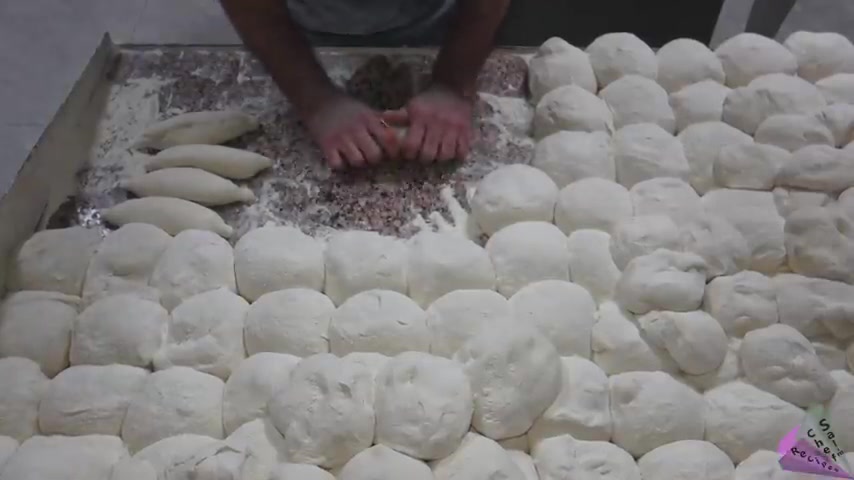
I'll do it slowly .
OK , so one was one one , and then back back .
Russell's got it now for Patrick's turn .
Yeah , so the idea is to have the crease , then towards you .
OK , that's it .
You see , you're making sure that every piece is getting done .
Well done .
So once you've done this and to be honest , we've been doing this for hours .
You can see it goes nice and smooth , and it actually it's got no brakes in it , so it's nice and smooth .
Top .
Now put the dough away to prove until it's at least doubled in size .
You end up with a dough like this .
Right now , that's light .
It's got air in it already .
Right ?
While you open that up , you can see the strands .
That's the gluten .
That's the gluten that's been formed .
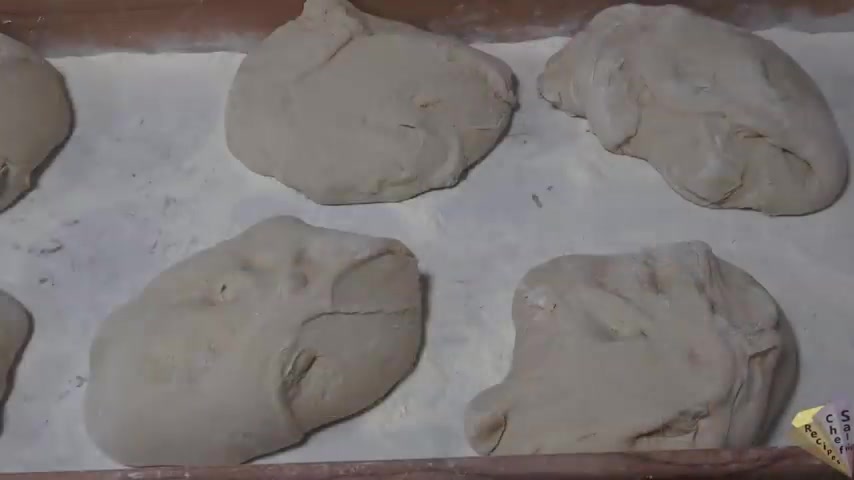
So what you end up with is a dough that's it's got air in it and you need to smack that air out of it .
Why do you punch the air out of it ?
You're making an even structure in the loaf , so otherwise , you have a big , little small , but and it it it look looks irregular .
So you flatten it all down at this stage , and then using your thumb and your fingers and your heel of your palm , you roll it up .
OK , now you end up with one scene down the middle like that .
That's key if you're gonna do a tin not just going in a tin like that , seam side down .
But because you're making a blue , you need to tighten or sharpen around those ends off right ?
Let's see how my students do .
The key thing when shaping a bloomer is to have the crease of the dough underneath and to fold in the ends .
So the round that's the classic bloomer shape .
Then again , you need to leave it to double in size .
You've knocked the air out of your out of the dough , but now you need to put the air back in .
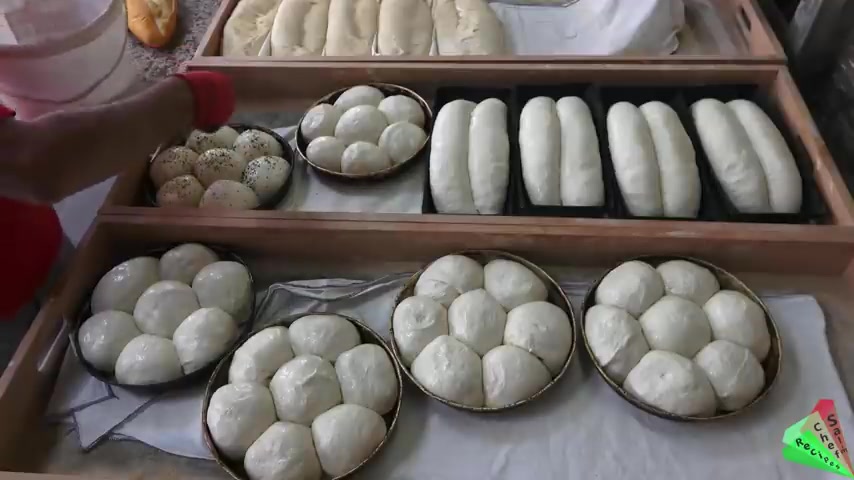
This one has now rested and doubled in size , and the yeast has been busy filling the dough with air , and you can see that it's risen and like a bubble .
If it's been needed properly and shaped properly , then as it proves , it proves that way and not that way .
And so you end up with something that's light airy .
Here's a top tip .
Spray a little water over the surface .
It will help with the shine , dust it with flour and rub it all over .
This is what gives the bloomer its classic rustic look .
Now , using a short serrated knife , cut on an angle across the loaf , nice and deep to give it a classic bloomer look and you can see it's got tension in the loaf , so when you cut it , it opens up .
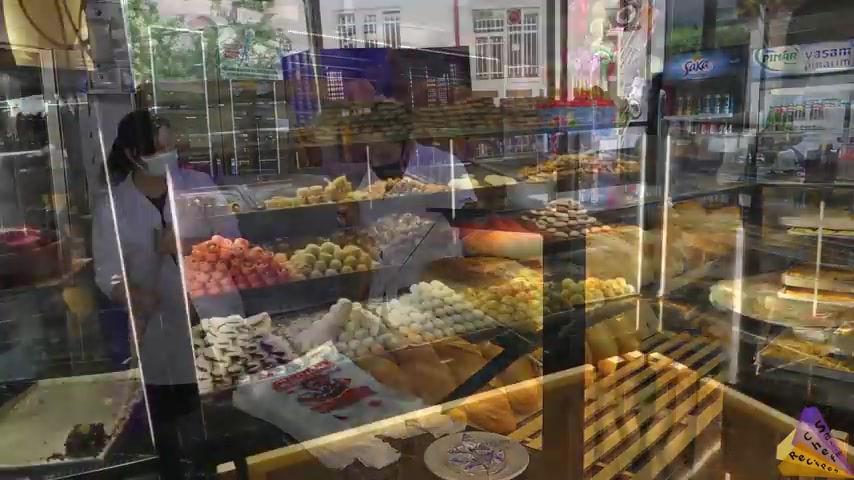
You see it just opens up slightly as that goes into the oven , because you've got the flour on the top and you've got no flour in the middle .
The distinction between the the top of the mountains and the valleys , if you like , will be strong and it will look very attractive .
Bake the loaf at 200 degrees Celsius for 25 minutes , then drop the oven to 100 and 80 degrees and bake for a further 15 .
Make sure you have a tray of water below the loaf to create steam .
Now what's gonna happen is that will now begin to cook .
The steam will evaporate and coat the top of the bread with a lovely crispy shine .
Our classic white blue malos have baked and are looking promising .
They look interesting and really nice .
There's big differences in how they look first .
Patrick's Loaf .
You see the bubbles on here .
That's an indication that there's water in the oven when you see , but it's a good thing moving on to this one .
Russell .
Is this yours ?
That's mine .
It's got a nice It's got a nice feel to it .
Yeah , that's a nice looking loaf .
It's chewy .
Are you looking for a way to reach a wider audience and get more views on your videos?
Our innovative video to text transcribing service can help you do just that.
We provide accurate transcriptions of your videos along with visual content that will help you attract new viewers and keep them engaged. Plus, our data analytics and ad campaign tools can help you monetize your content and maximize your revenue.
Let's partner up and take your video content to the next level!
Contact us today to learn more.